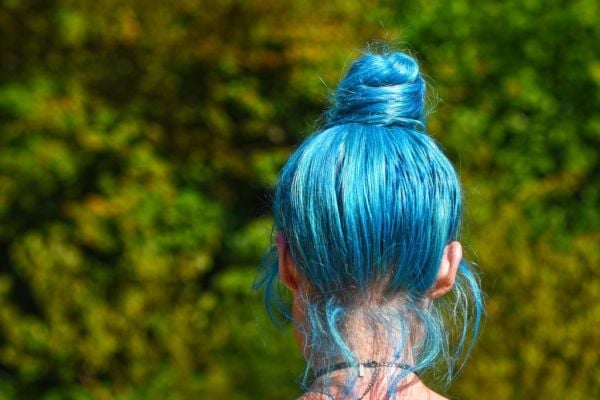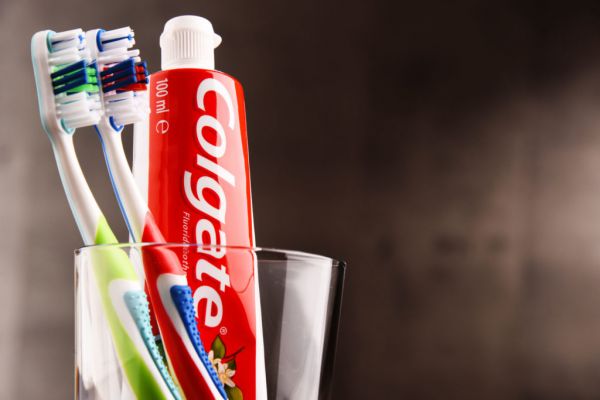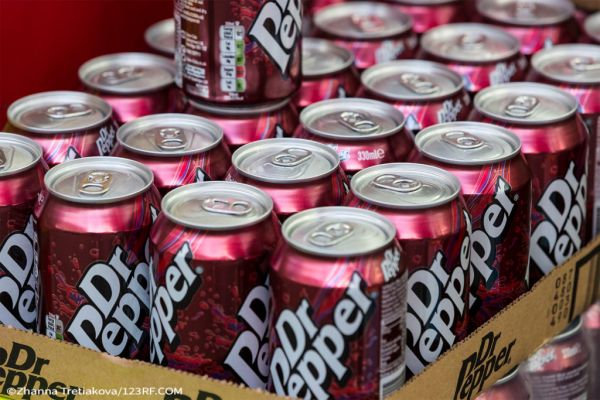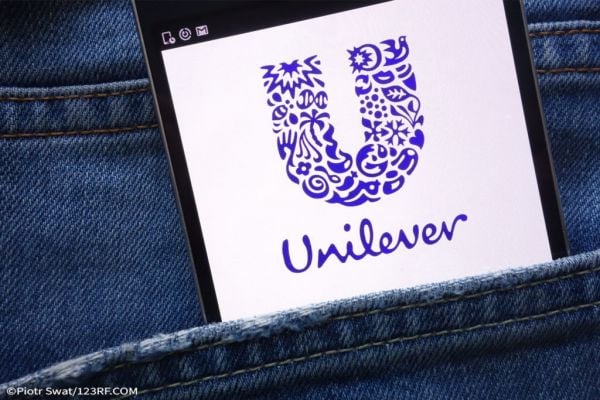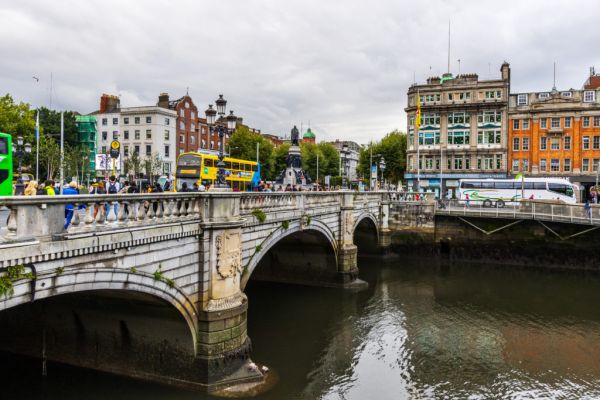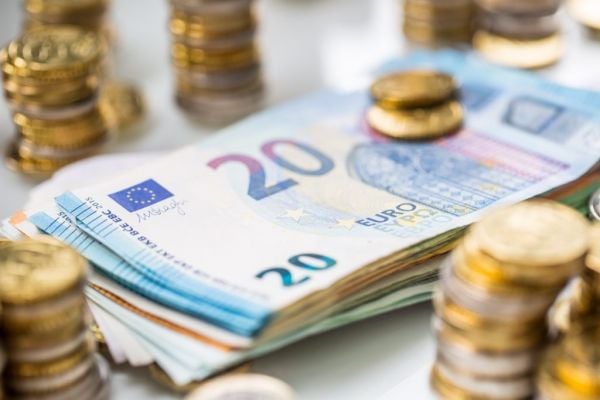With the closure of hairdressers and barbers during the lockdown, home DIY haircare became the norm, and the sales of some products within this market surged in 2020. Donna Ahern reports
Like many industries deemed ‘non-essential’ by the government, the professional haircare industry was badly hit during the pandemic.
Hairdressers, barbers and salons were forced to close their doors last year, when the COVID-19 lockdowns were introduced across the country, to stem the spread of the virus.
This, of course, meant that people were very reliant on home haircare during the period.
Also, the lack of socialising, and the fact that a significant cohort of the workforce was working from home, meant that washing on a frequent basis became less of a necessity.
All of this means that grocery and pharmacy sales of haircare products compared to 2019 could have gone either way.
However, figures from Nielsen show that certain haircare products, such as shampoo and conditioner, fared well in terms of value growth, in particular.
According to research conducted by Nielsen on behalf of Checkout, the retail haircare market within the Republic of Ireland was worth €55.4 million in the 52 weeks ending 29 November 2020.
This represented an 11% value growth, compared to the previous year.
The research showed that shampoo is the biggest category in this market, accounting for 46% of total sales. Shampoo experienced a value growth of 7% within the 52 weeks.
In the same period, volume (litre) growth for shampoo was only 0.3%, indicating that growth was price driven.
Hair conditioners are the second-biggest category in this market, accounting for 23% of total sales.
Again, hair conditioners saw a value growth of 9.3% within the 52 weeks. In the same period, volume (litre)
growth for hair conditioners was in decline, at -1.0%, indicating that growth was, again, price driven.
Hair Salon Closures
When business resumed for hairdressers and salons, after the second lockdown in November of last year, there was a glimmer of hope for the industry, with most salons fully booked within days of reopening until Christmas Eve.
However, this optimism was short-lived. Like the hospitality sector and non-essential retailers, hair salons were instructed to shut their doors once again, effective from Christmas Eve.
Speaking with BreakingNews.ie on 10 December 2020, Danielle Kennedy, president of the Irish Hairdressers’ Federation (IHF), voiced her concern that the industry could see a number of businesses closing down in 2021.
At the time, Kennedy said that going into the next year, there would be a fear of businesses shutting down.
“Our industry is coming off the back of a couple of bad years,” she said.
“We had a VAT increase, which meant salons had to increase prices, we had the [abolition] of trainee rates, too. The industry was just starting to get back on its feet after the knock of those two years, and then the pandemic hit. Going into next year, that’s where the fear would lie if we have to close again – a lot of businesses may not be able to reopen.”
This, of course, will have an impact on beauty giants such as L’Oréal and Henkel, which sell their pricier professional haircare products through salons.
In August of last year, German consumer goods group Henkel reported a big drop in sales at its beauty-care business, due to the closure of hair salons.
Similarly, L’Oréal announced that it, too, was hit hard by the coronavirus. The brand behind Garnier was also hurt by hair salons across the globe having to close due to rollover lockdowns.
However, the French cosmetics giant reported in October of last year that revenues recovered in most divisions during the July-to-September period, pointing to its mass-market unit, which produces ranges like Garnier for sale in supermarkets.
This means that, for the foreseeable future, consumers are going to be very reliant on home haircare, and grocery retailers will probably see a surge in sales of products within this market.
Home-Colouring
With the closure of beauty salons, hairdressers and barbers during last year’s lockdown, many people across the globe had no choice but to resort to DIY beauty regimes to stay groomed.
Plucking eyebrows and home-waxing proved to be a case of mission impossible for some, as many people took to social media platforms at the start of the lockdown to highlight their beauty fails.
However, we also saw a plethora of celebrities and influencers showing off the fruits of their home-colouring labours throughout 2020.
Kerry Katona, Elle Fanning, Luke Evans and Ricky Martin are just a handful of celebrities who dyed their hair pink while socially isolating, and actress Hilary Duff debuted a blue hairdo last year.
However, not everyone used the lockdown as an opportunity to express a new, over-the-top hair colour.
Many people simply needed to top up their roots or liven up their dulling locks.
Closer to home, it comes as no surprise that there was a surge in hair colourant sales across the Republic of Ireland in 2020, compared to the same period in 2019.
According to Nielsen, hair colourants accounted for an impressive 21% of haircare sales in the latest 52 weeks, compared to 15% of haircare sales in the same period last year.
Hair colourants saw a value growth of 51% in the latest 52 weeks. In the same period, volume (unit) growth for hair conditioners saw a jump of 46%. A total of 1.4 million units of hair colourants were sold in this 52-week period.
The Year 2020 And Beyond
According to a Euromonitor report titled Haircare in Ireland, which was published in June last year, sales of haircare products purchased through grocery retailers were expected to record growth in 2020, compared to 2019.
The impact of Covid-19 was expected to result in an increase in sales growth for haircare in 2020, and this growth is predicted to steadily increase across the forecast period.
Euromonitor has forecasted that perms and relaxants and 2-in-1 products will remain the areas that record value decline, based on their unpopularity in the Irish landscape, with decreasing unit prices unable to boost volume growth of these items.
Styling Products
In 2020, hair products that relate to aesthetics were expected to record a decline in growth, due to the impact of the COVID-19 pandemic.
With Ireland in lockdown and consumers spending more time at home, limited social interactions reduced the need to style hair.
Data from Nielsen showed that hair spray and styling aids experienced a value decline of 16% in the 52 weeks ending 29 November.
This decline was unit driven, with unit sales showing a decline of 20%.
Needless to say, we are in a Level 5 lockdown for the foreseeable future, so it looks like DIY haircare is here to stay for the foreseeable future.
As the market analysis shows, grocery retailers should be looking at stocking up on lots of hair colourants and placing more emphasis on the positioning and promotion of their home-care ranges in store in 2021.
© 2021 Checkout – your source for the latest Irish retail news. Article by Donna Ahern. Click sign up to subscribe to Checkout.
